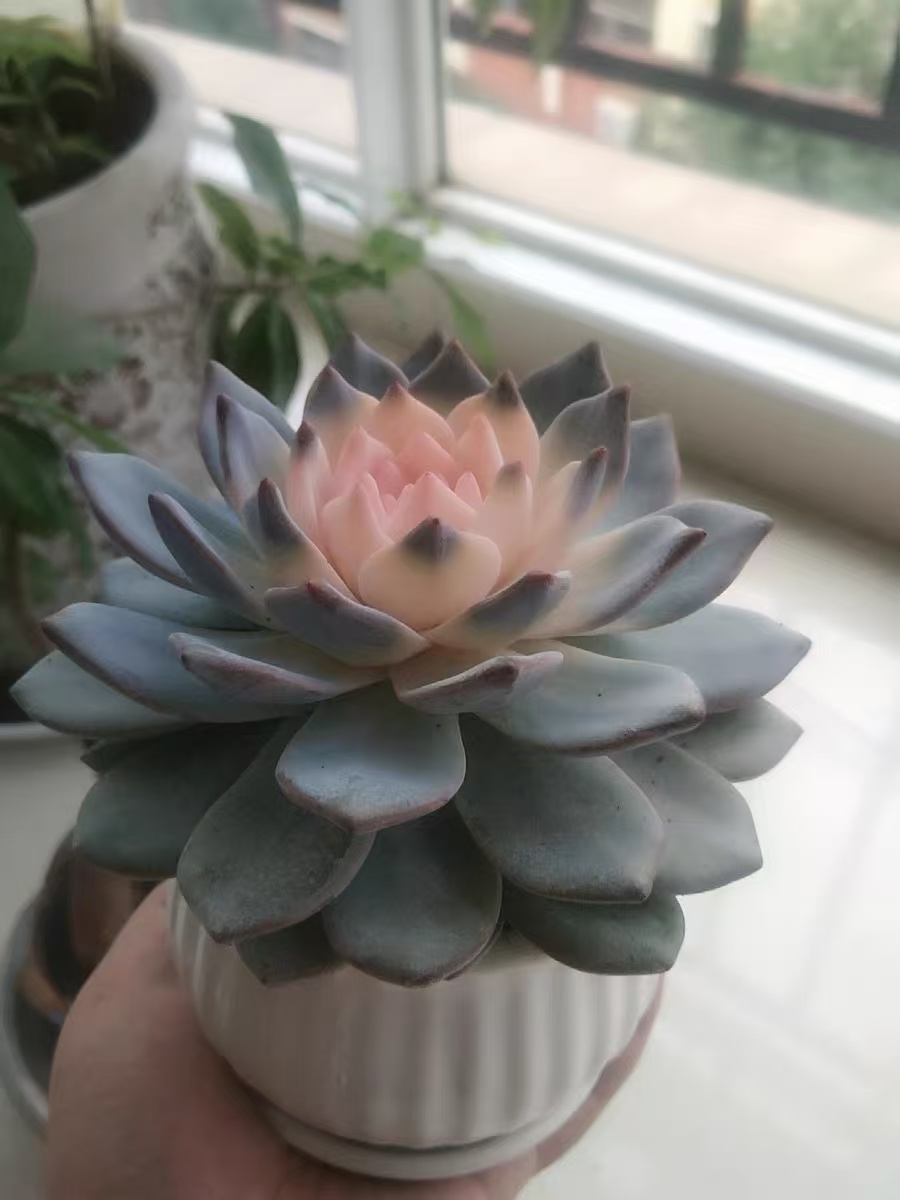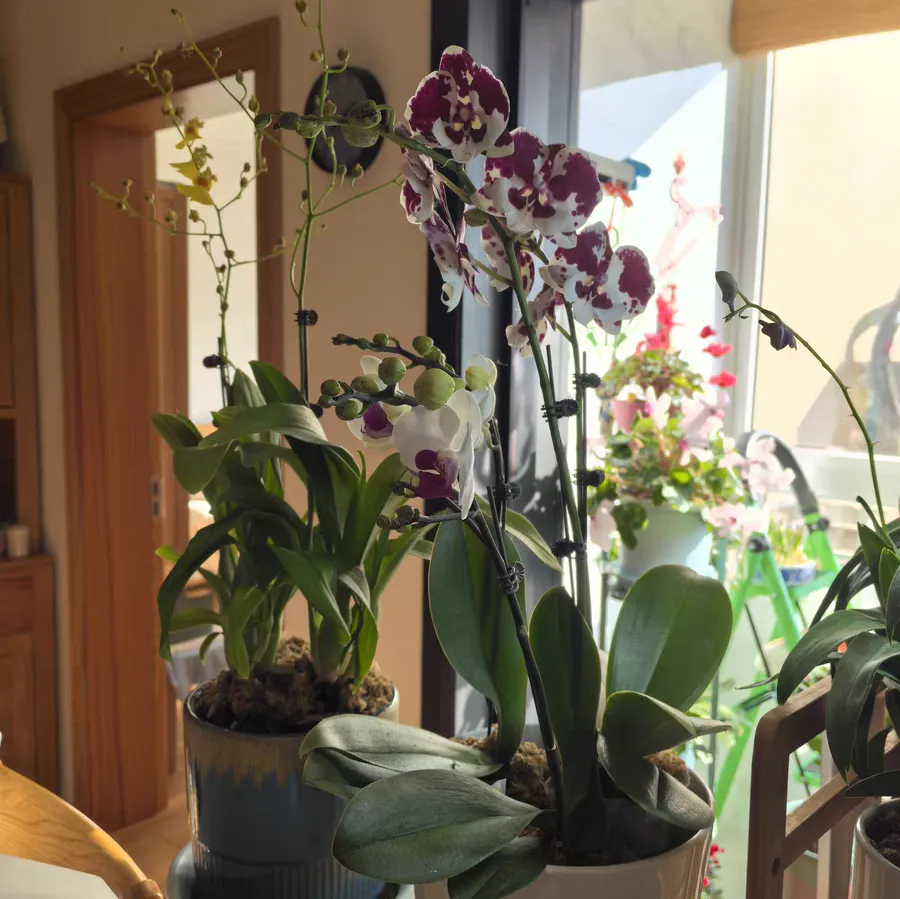With the arrival of winter, the plants at home often suffer from frostbite due to sudden cold snaps. For different plants, we need to take different countermeasures to minimize the damage. The following will give detailed suggestions for dealing with several common plants such as succulents, bougainvillea, jasmine and aloe vera.
Succulents: Succulents are loved by many people for their fleshy leaves and unique shapes, but they are also relatively sensitive to temperature changes. Once it is found that succulents are frostbitten, the following measures should be taken immediately:
Check the degree of frostbite: Slight frostbite is manifested as discoloration on the edges of the leaves, while in severe cases, the whole plant may become limp. Depending on the degree of frostbite, decide whether it is necessary to cut off the damaged parts.
Gradually increase the temperature: Do not directly place the frozen succulents in a high-temperature environment. Instead, place them in a room with a slightly higher temperature and gradually increase the temperature to avoid excessive temperature differences that may lead to the death of the plants.
Control watering: During the recovery period of the plants, reduce the frequency of watering to avoid root rot caused by excessive water.
Bougainvillea: Bougainvillea is a flower with bright colors and a long flowering period, but it is also prone to frost damage in winter. To deal with the frostbite of bougainvillea, the following aspects can be started from:
Move indoors in time: When the temperature is lower than 5 °C, move the bougainvillea indoors for maintenance to avoid frost damage.
Prune the damaged branches and leaves: For the branches and leaves that have already been frozen, prune them off in time to reduce the consumption of nutrients and promote the recovery of the plants.
Maintain light: Bougainvillea likes light. Even indoors, sufficient light should be maintained to promote its growth and flowering.
Jasmine: Jasmine is a flower with a strong fragrance, but it also needs to pay attention to keeping warm and preventing cold in winter. The treatment measures for jasmine after being frozen are as follows:
Maintain temperature: Place jasmine in a room where the temperature is not lower than 10 °C to avoid being attacked by severe cold.
Strengthen ventilation: While maintaining the temperature, also pay attention to ventilation to avoid the indoor air being too humid and causing the plants to get sick.
Prune moderately: For the frozen branches and leaves, they can be pruned moderately to promote the growth of new branches and flowering.
Aloe vera: Aloe vera is a plant with medicinal value. Its leaves are thick and juicy, but it also needs to pay attention to keeping warm in winter. The suggestions for dealing with aloe vera after being frozen are as follows:
Move to a warm place: Once it is found that aloe vera is frozen, immediately move it to a room or greenhouse with a higher temperature for maintenance.
Stop watering: During the recovery period of aloe vera, stop watering to avoid root rot caused by excessive water.
Observe the growth situation: Pay close attention to the growth situation of aloe vera. If necessary, the maintenance measures can be adjusted appropriately.
In the face of the situation that the plants at home are frostbitten, we need to take different countermeasures according to the different characteristics of the plants. For common plants such as succulents, bougainvillea, jasmine and aloe vera, we can minimize the impact of frost damage on the plants by methods such as checking the degree of frostbite, gradually increasing the temperature, controlling watering, pruning the damaged branches and leaves, and maintaining light and temperature. It is hoped that the above suggestions can be helpful to you and enable your plants to grow healthily in winter as well.
What should be done if the plants at home are frostbitten?

Share with
Tagged in :




Leave a Reply